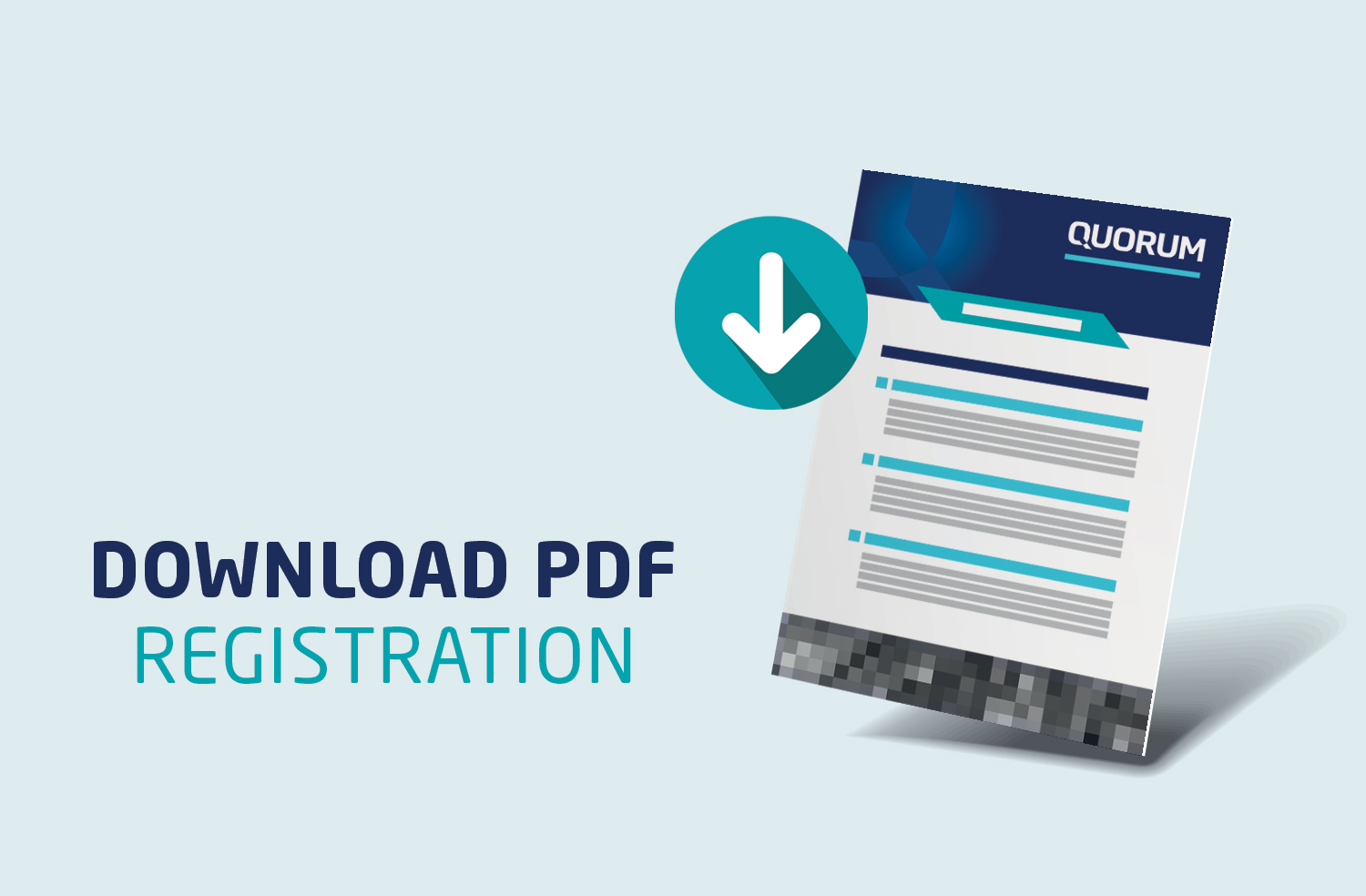The Supportability Engineering Process

The supportability engineering process is a series of planned steps to ensure a system can be maintained, repaired, and supported throughout its life. It covers everything from design and testing to training and supply. The goal is to reduce downtime, cut costs, and improve mission success.
Quorum has over 20 years of experience in supportability engineering. We have worked on many military and civil projects, helping teams build strong support plans that work in the real world. Keep reading to learn how this process works and why it matters for your projects.
Why Supportability Matters in Military Projects
Military systems need to work in tough places, for long periods, with little room for error. Supportability Engineering helps make sure those systems stay ready, safe, and easy to maintain. It also cuts costs and helps projects meet deadlines.
Here’s why it matters:
- Keeps systems working with less downtime
- Cuts repair and supply chain delays
- Lowers long-term costs by reducing waste and extra work
- Helps staff fix and use systems the right way
- Improves safety and mission success
- Makes future upgrades easier and cheaper
Supportability is more than fixing things when they break. It’s about planning so things don’t break often, and when they do, they’re easy to fix. In military projects, that level of planning can save time, money, and lives.
Key Goals of Supportability Engineering
Supportability Engineering has one main job: to make systems easy to support. This means less downtime, lower costs, and better results in the field. Every goal ties back to that idea.
- Here are the key goals:
- Plan for easy maintenance from the start
- Cut the number of breakdowns over time
- Make repairs quick and simple
- Provide clear guides and training for users
- Reduce spare parts and tools needed
- Support the full system life, from design to disposal
These goals guide the choices made during design and planning. They help teams build systems that work well, last long, and are ready when needed. In military work, that readiness is everything.
Supportability Engineering Processes Explained
We cannot go over the entire process, which would require a document worth hundreds of pages. Each step has its own rules, tools, and tasks and at Quorum, our consultants work with you each step of the way. that said, we can give a simple view of how the process works and why it matters.
Supportability Engineering follows a clear set of steps. These steps help teams plan, design, and support systems through their full life. Each step builds on the one before it.
The process usually includes:
- Supportability analysis: Study how the system will be used, fixed, and supported
- Maintenance planning: Decide how often parts need service and how repairs will be done
- Supply support: Plan what spares, tools, and transport are needed
- Training development: Create guides and lessons for users and technicians
- Technical data: Write clear manuals and support documents
- Test and review: Check the plan works and update it as needed
These steps don’t happen all at once. They follow the system from early design through use and even disposal. Good planning early on helps avoid problems later. For military projects, that can mean faster fixes, safer missions, and better use of time and money.
Tools Used in Supportability Engineering
Supportability engineers use many tools to plan and check their work. These tools help them study systems, spot problems early, and share clear info with others. The goal is to make sure the system can be supported with less risk and cost.
Some tools help with data, like failure rates or repair times. Others help create support plans, training guides, or spare part lists. Engineers also use software to model how a system will perform over time and what support it will need in the field.
The tools change based on the project, but they all serve the same purpose: to make smart, simple support plans. In military projects, where systems must be ready at all times, these tools help teams work faster and make better choices.
For a more in-depth look, check out this recent article we published.
Why Choose Quorum
Quorum has over 20 years of experience in supportability for complex systems across several industries. Our work focuses on clear planning, risk reduction, and results.
We work closely with your team from the start. We don’t just give advice, we help build the support plan, test it, and make sure it fits the real world. Our work is clear, useful, and backed by years of hands-on experience.
When you choose Quorum, you get more than a service. You get a team that takes support seriously and delivers results that last.
Book an informal chat with Shaun for a free consultation and discover how ILS can propel your operational efficiency and cost-effectiveness to new heights.



